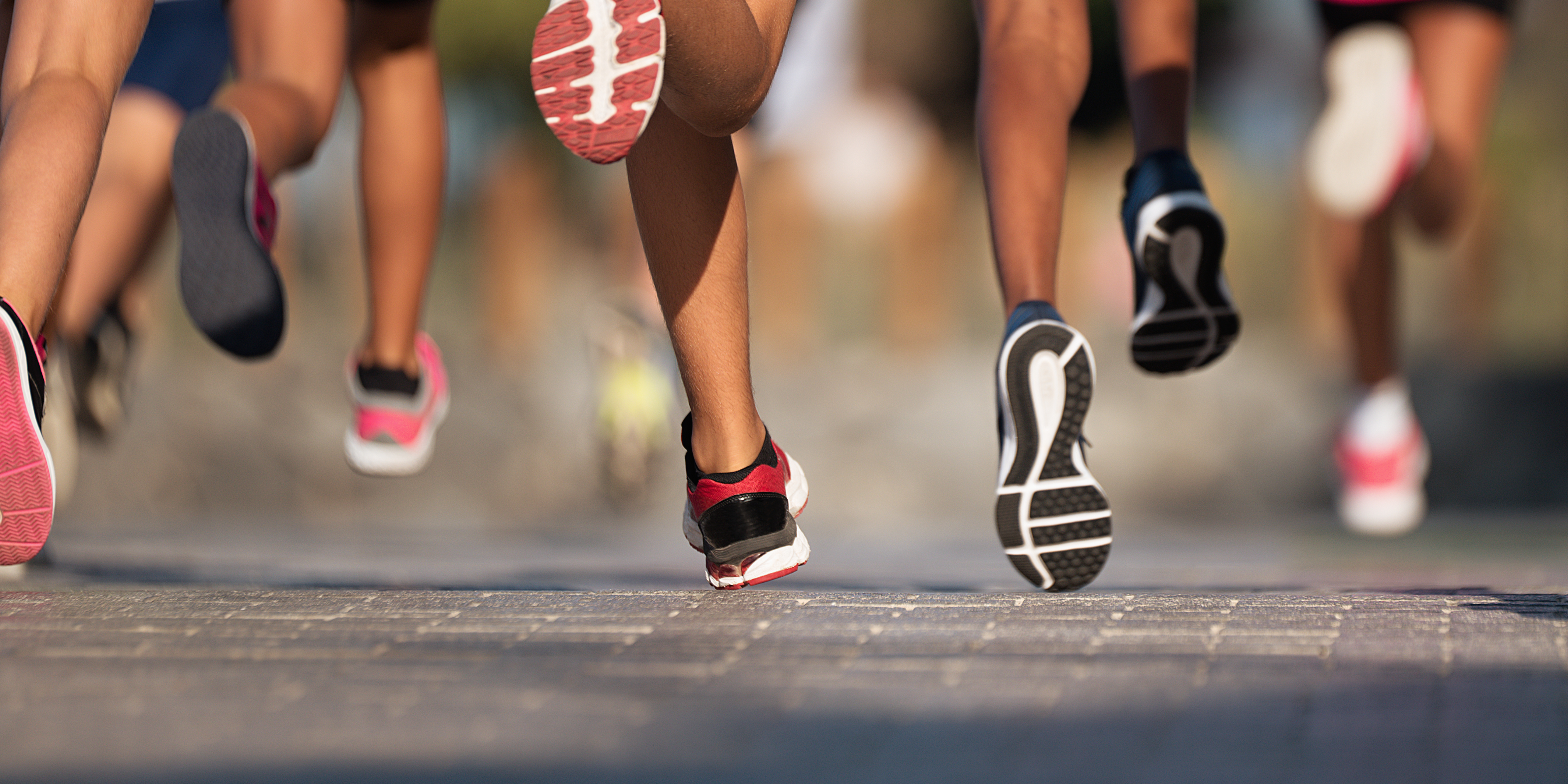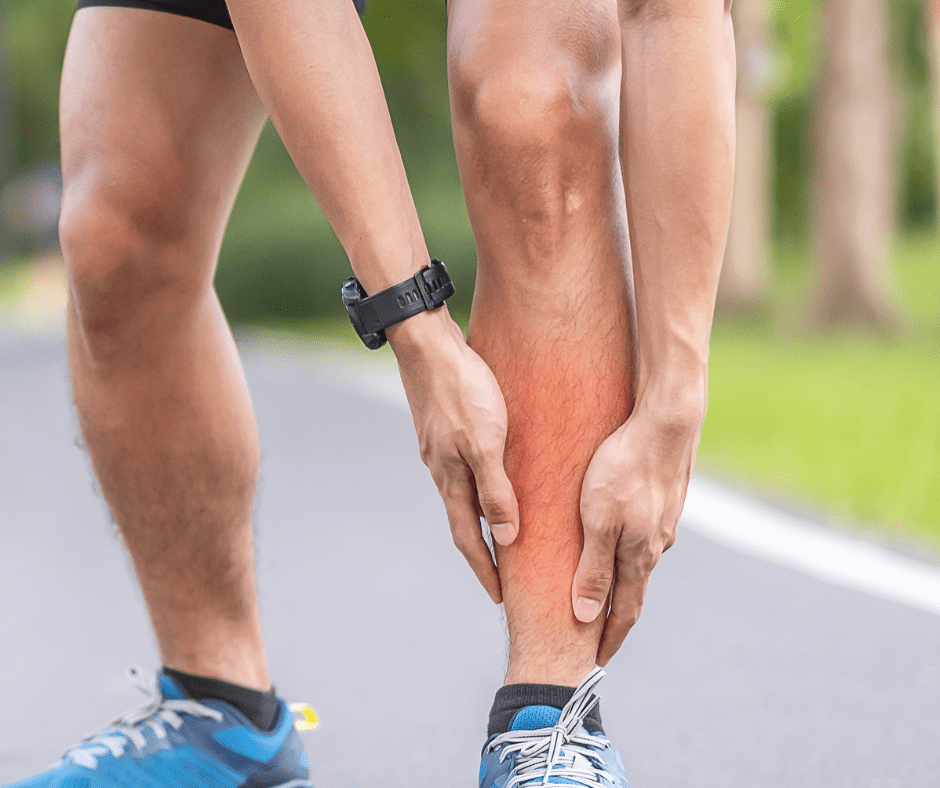The 8 most common cycling injuries
We have been riding bikes since the 1800s, however in recent years the number of cyclist has surged. No longer is it an elite competitive sport, it’s now a worldwide, mass-participation activity.
Cycling is great exercise. It’s not just a means of getting you from A to B, it’s an opportunity that’s available to most people, regardless of age, sex, size or ability. Cycling is an extremely effective form of low weight-bearing aerobic exercise. While weight-bearing activities like running are important to maintain good bone health, it’s a very good idea to mix it up with some non-weight-bearing activities like cycling and swimming.
Cycling can also be an adventure, getting out on trails and exploring new areas, the beautiful views of the South Downs or just taking in the fresh air. And although your cycling sessions can be solitary if you want them to be, it is also a great sport to do with others, creating lots of opportunities for forming new friendships and building new communities.
For those of us who are more competitive, there are plenty of opportunities to put ourselves to the test, with a huge range of long and short distance competitions such s the Ride 100 or London to Brighton, or multi-sport challenges like triathlons. This brings the added satisfaction of giving us physical goals and challenges to work towards.
But fitness can also be fickle. One minute you’re in the form of your life, and the next you find yourself struggling to rotate the pedals without being in pain – and of course – you can always fall off. Cycling injuries are an unfortunate downside to the sport, and some people are more prone to suffering them than others.
There are two main types of cycling injuries, acute injuries caused by falling off your bike often resulting in fractures, contusions, abrasions and concussion. And then the more common overuse injuries caused by the repetitive nature of cycling including overtraining, biomechanical stresses, muscle imbalances, and incorrect bike set-up.
Having your posture assessed and your bike set up checked are particularly important if you plan on cycling regularly. And just because you have it done one year, doesn’t mean you’re sorted. Everyday activities affect our muscles balances and this can change over time.
We’ve put together a leaflets on the 8 most common cycling injuries. This is packed full of practical advice on things you can do both in terms of your body conditioning as well as your bike set up, to both prevent and rehabilitate cycling injuries.
The following injuries, specific to cycling, are covered:
- Burning feet (metatarsalgia)
- Achilles tendon pain
- Knee pain
- Iliotibial band pain
- Hip pain
- Back pain
- Hand pain
- Neck pain
How to prevent cycling injuries
Many cycling injuries occur through excessive training / cycling, or because your body is not sufficiently conditioned to tolerate that load. Monitoring your training load, giving your body time to adapt, and increasing the volume and intensity of your training gradually is an essential component of staying injury free when cycling.
And this is relevant whether you’re a casual recreational cyclist who takes their bike for a spin once a week, compared with more serious cyclists who take part in long group training rides.
There are three components to staying injury free on a bike:
A – Alignment ie. muscle imbalances, weakness, flexibility issues, leg length discrepancies and being flat-footed can all lead to injury.
B – Bike set up – again this is fundamental to get right. Incorrect bike set up can be the cause of injuries that could side line you for months and yet it’s easy to get right with some good advice.
C – Conditioning and fitness – a good stretching and strengthening programme to correct the muscle imbalances and ensure you’re strong where you need to be, is the final component in staying injury free.
Like any repetitive motion sport, cycling can produce a catalogue of niggling aches and pains, which if left untreated can become more serious. Learn more about the specifics of the most common cycling injuries and how you can manage and prevent them using our leaflets at this link




